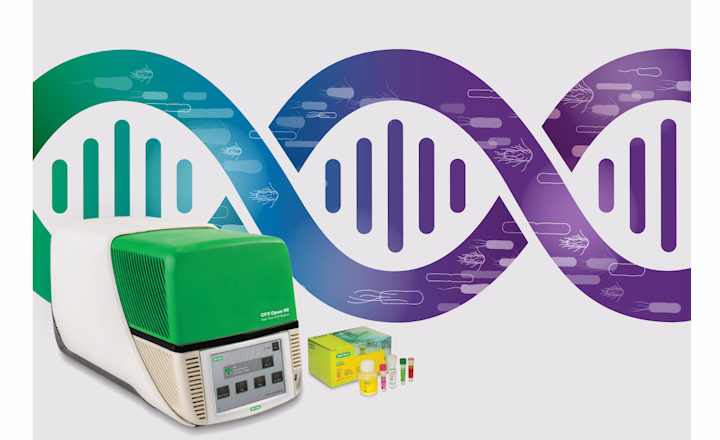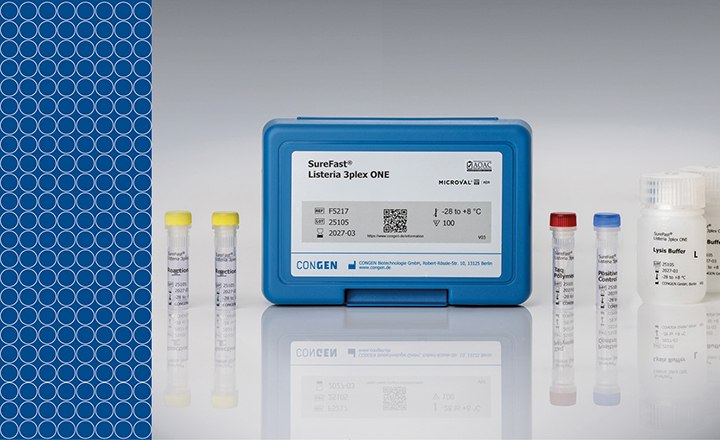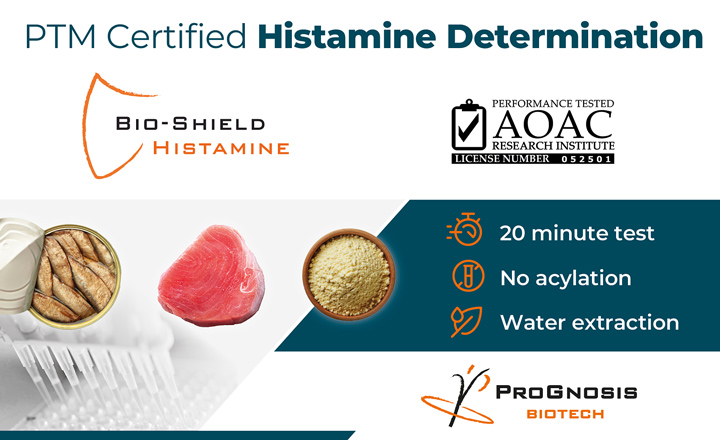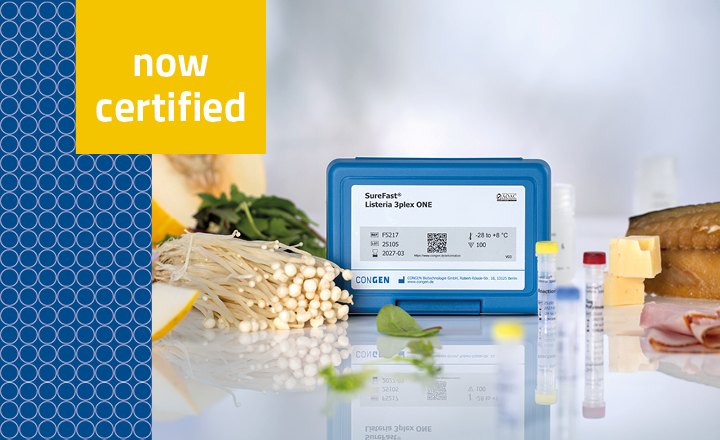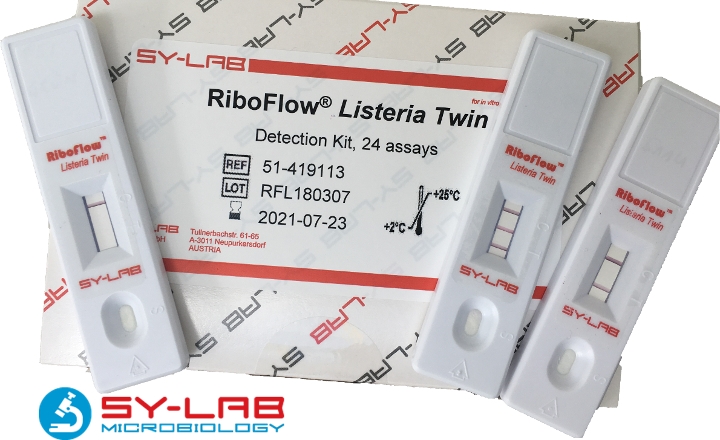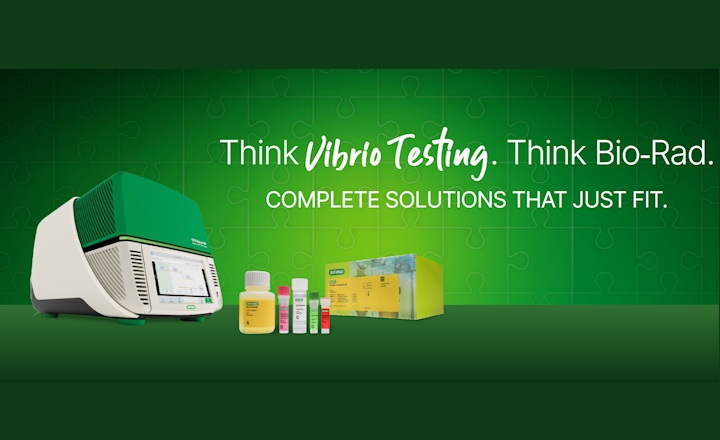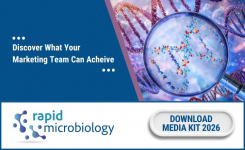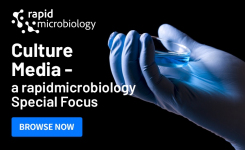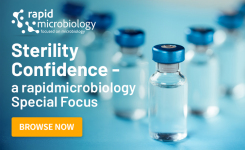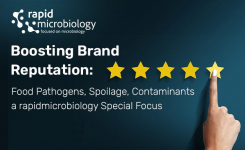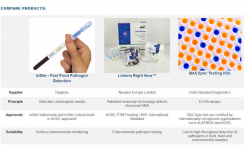At the annual convention of the International Association for Food Protection being held 21 to 24 July 2019, leaders of the food industry, manufacturers of test kits, independent labs, and others will gather in Louisville, Kentucky. One of the symposia at the meeting will be focused on “Microbiological Method in Food Manufacturing: Are Your Methods ‘Fit Enough’ For Purpose?”
The Testing Lab Dilemma
 Dr David Legan, Associate Director, Science at Eurofins Microbiology Laboratories is one of the symposium presenters and will be covering ‘The Testing Lab Dilemma’.
Dr David Legan, Associate Director, Science at Eurofins Microbiology Laboratories is one of the symposium presenters and will be covering ‘The Testing Lab Dilemma’.
“My presentation will focus on the dilemma faced by independent testing labs to make certain that the test methods in use are actually suitable,” explained Legan.
“While there are a number of validation schemes, that is just part of the story. Life can get very complicated. What is critical is to be able to make good decisions based on independent testing. Part of the dilemma is to make the best selection from among different methods so as to get reliable results.” Two of the elements to be considered in microbiological testing of food products, according to Legan, are the methods chosen by the test lab or the end user as well as the method validation selected by the test kit manufacturer.
“Overall, there are several key steps to ensure food safety through rapid testing,” explained Legan. “First, determine the risk you are managing. Second, choose a test kit that meets that risk. And third, make sure that the rapid test kit has been through an appropriate validation process.”
“For example, you may choose a specific rapid test to ascertain the risk of Salmonella, E. coli, and/or Listeria,” said Legan. “The method developer decides what validation scheme to follow as well as deciding which review body to use for analysis – such as AOAC International, Health Canada, AFNOR (French Association for Normalization) Group, and other review bodies. AOAC International and AFNOR Group are two of the key review bodies worldwide,” stated Legan.
He indicated that the method developer also “selects food products from separate categories for testing and works with independent labs to obtain data on method performance with each food category. They provide the independent test results to the validation body, e.g. AOAC International. That organization then reviews the data to determine if the method is sufficiently robust, precise and reliable for use. In particular, a validation body strives to make certain that the testing method is sensitive enough and excludes organisms that might be present from normal handling.”
“To make sure test results are accurate,” Legan explained, “the rapid tests that are developed need to work well even if you don’t know the heritage of the sample or the contents of the sample to be tested.”
|
“Timing when test results are available is an important aspect to be considered when creating a rapid test,” said Legan. “You don’t want to wait for a long time [for results] for a food product with a short shelf life. A hamburger, for example, has a shelf life measured in days as compared to a cookie that can have a longer shelf life.”
|
 |
Horses for Courses
“You also need to make sure that the rapid test is suitable for the product being analyzed,” Legan continued. “With pizza, for example, you need to take into account each of the individual components. A rapid test needs to be able to detect the pathogen of concern in the presence of the bakery, cheese, vegetables, and meat components of the pizza.”
“In most cases, the rapid tests for food-related pathogens are not developed directly by food companies. Instead, the food companies are consulted as the rapid tests are developed by diagnostic firms. The test method selection affects cost, speed, and sensitivity. Typically, the faster a test can produce results the more it uses technology that may cost more than previous testing kits,” explained Legan. “The ultimate goal of a rapid test is to identify a risk before a food product is consumed by the public.”
Faster Results Saves Lives
Legan stated that “food safety protections have been enhanced as better testing methods have been developed.” As an example, he pointed to one of the pathogens that can impact food safety. “When Listeria first appeared, testing methods were very slow – from several weeks to several days. As tests became more advanced, timing decreased from several days to testing today that provides results typically within one to two days. Without question, the enhanced testing for Listeria has saved lives,” stated Legan.
“Testing is most effective when it forms part of a well-designed food safety plan,” concluded Legan. “Our goal as a testing lab is to protect our customers and their consumers from harm.”
Is There a Best Approach?
 Joining Dr. Legan at this symposium will be Dr Morgan Wallace, Scientific Director, Applied Markets at Rheonix. His presentation is entitled “Comparison of ‘Fitness for Purpose’ in Established Validations Schemes: Is There a Best Approach?”
Joining Dr. Legan at this symposium will be Dr Morgan Wallace, Scientific Director, Applied Markets at Rheonix. His presentation is entitled “Comparison of ‘Fitness for Purpose’ in Established Validations Schemes: Is There a Best Approach?”
“My talk will focus on food safety testing from the method developer perspective,” explained Wallace. “This includes a historical view of methods validations.” Previously, he was a researcher in the Microbial Food Safety Research Unit at the USDA-ARS, where he focused on pathogens in ready-to-eat meat products. Today, Wallace is Scientific Director, Applied Markets with Rheonix, developer of multiplex molecular detection systems for food and beverage testing. “When I first started working in the field of food diagnostics, you could get approval for one test for a specific pathogen for all foods,” explained Wallace. “That view has changed through the years.”
Wallace provided an example involving lettuce: “Years ago, the idea that one test could identify a specific pathogen in all produce, for example, may have seemed rational, but did not work well in practice. A scheme may have been developed to test for a specific pathogen in all types of lettuce, yet a method that worked well in identifying a specific pathogen in romaine lettuce and iceberg lettuce may not work well with red-leaf lettuce.”
“Both AOAC International and AFNOR Group decided that the all-category approach did not work,” explained Wallace.
“One of the key factors in determining whether a test meets the ‘Fitness for Purpose’ goal is to determine where food products are similar enough that the same test for a specific pathogen can be used for several specific products rather than just one food product,” said Wallace.
| Using hot dogs to illustrate this point, Wallace stated: “From a molecular standpoint, both a cooked turkey hot dog and a cooked pork hot dog are similar enough that the same test could be used to identify a specific pathogen in either variety of cooked hot dog. The same test may not, though, work well for a raw sausage.” |
|
Validation vs. Verification
“Method development is critical to determine the limits of which food products can be tested with the same scheme,” explained Wallace. “Both validation and verification are important aspects for rapid testing of food products.”
“Validation of a testing method – confirming that the testing method works to detect the targets in the manner specified – is done through entities like AOAC International and AFNOR Group.”
“Verification of that testing method is achieved when an individual end user can get the same correct results on a consistent basis.”
“Another aspect on whether a test meets the ‘Fitness for Purpose’ standard is determining the breaking point of the assay level of a test for a specific pathogen,” stated Wallace. “This is important as the developer of a test verifies that the negatives found through the test are truly negatives and to ensure that the test works well in the real world. Where alternative methods differ in performance from reference methods needs to be identified and where the alternative method does not perform as well as the reference method, variations on the alternative method can be developed to improve performance.”
“There can be a tremendous difference between testing in a laboratory setting using simplified materials versus testing using samples from a manufacturing plant,” explained Wallace. “A test must be able to work well in the real world – not just in a lab using pure cultures.”
Wallace noted the development of rapid microbiology test kits can be costly. “Developing these tests can be expensive – it can be both labor-intensive and time-intensive,” stated Wallace. “You have a group of highly-trained individuals working together to show that a test has been able to be validated to show that it works well. Determining which protocol is best is one of the most important aspects of the validation method development process.”
“What diagnostic method providers are able to claim as far as method applicability is different from validating organization to validating organization and has changed over time. Not too long ago, method providers could make broader claims than were warranted, but now much narrower claims are allowed. The problem with narrow claims, though, is that since it is not possible to fully validate all of the tens of thousands of food products, end users will need to test finished products with less than full validations. Careful evaluations of what products are similar enough to lump with other products must be conducted so that appropriate methods with sufficient validation can be used.”
'Fitness for Purpose'
“Typically, in the United States,” explained Wallace, “It will be a combination of decisions made by food businesses, validating organizations, independent labs, and governmental regulators to determine how much validation is needed for a rapid test to meet standards of ‘Fitness for Purpose’.”
“The condition of the sample as well as the sample’s size may also impact ‘Fitness for Purpose’,” continued Wallace. “Whether the sample is fresh, frozen, partially-frozen, raw, or cooked can impact test results. A method that works well with a sample that is 25 grams in weight may not work well for a sample that weighs 375 grams.”
Differences in Industry and Government
“In many cases, industry labs and independent labs operate very differently from government-run labs,” observed Wallace. “Many of the labs operated by businesses are staffed 24 hours a day, while the labs run by governmental regulators may only operate during regular business hours.” Part of that difference is the focus of each entity as they strive to confirm the safety of food.
“The mandate of governmental regulators is not to get the product out-the-door,” explained Wallace. “The time needed to get results from a test, though, are far more critical for food producers. A truck filled with product often cannot move from the loading dock until the test results come back. Businesses cannot allow food products to go into commerce until and unless the test results show that the food products are safe for consumption.”
“Rapid tests approved for use in Europe may be different from rapid tests approved for use in the United States,” continued Wallace. “An example is how testing is done for Listeria. There are dozens of different species of Listeria, with six core species. But only Listeria monocytogenes makes humans sick.”
“In the United States, there is zero tolerance for any Listeria monocytogenes at all to be found in ready-to-eat food products available for human consumption,” stated Wallace. “Rapid tests can either target all species of Listeria as an indicator that L. monocytogenes may be present, or can target only the pathogen L. monocytogenes.”
“In Europe, though, a rapid test may need to determine that the level of L. monocytogenes is below what is considered a safe level in ready-to-eat foods where the L. monocytogenes is not able to grow and make someone sick,” explained Wallace.
Morgan Wallace, David Legan and Bradley Ziebell, Conagra Brands (who declined to be interviewed for this article) will be speaking at the IAFP 2019 - 1:30 PM to 3:00 PM on Monday, July 22nd in the M112 Conference Theater at the Kentucky International Convention Center.
© 2019 Richard McDonough biatastailchronicles@gmail.com




